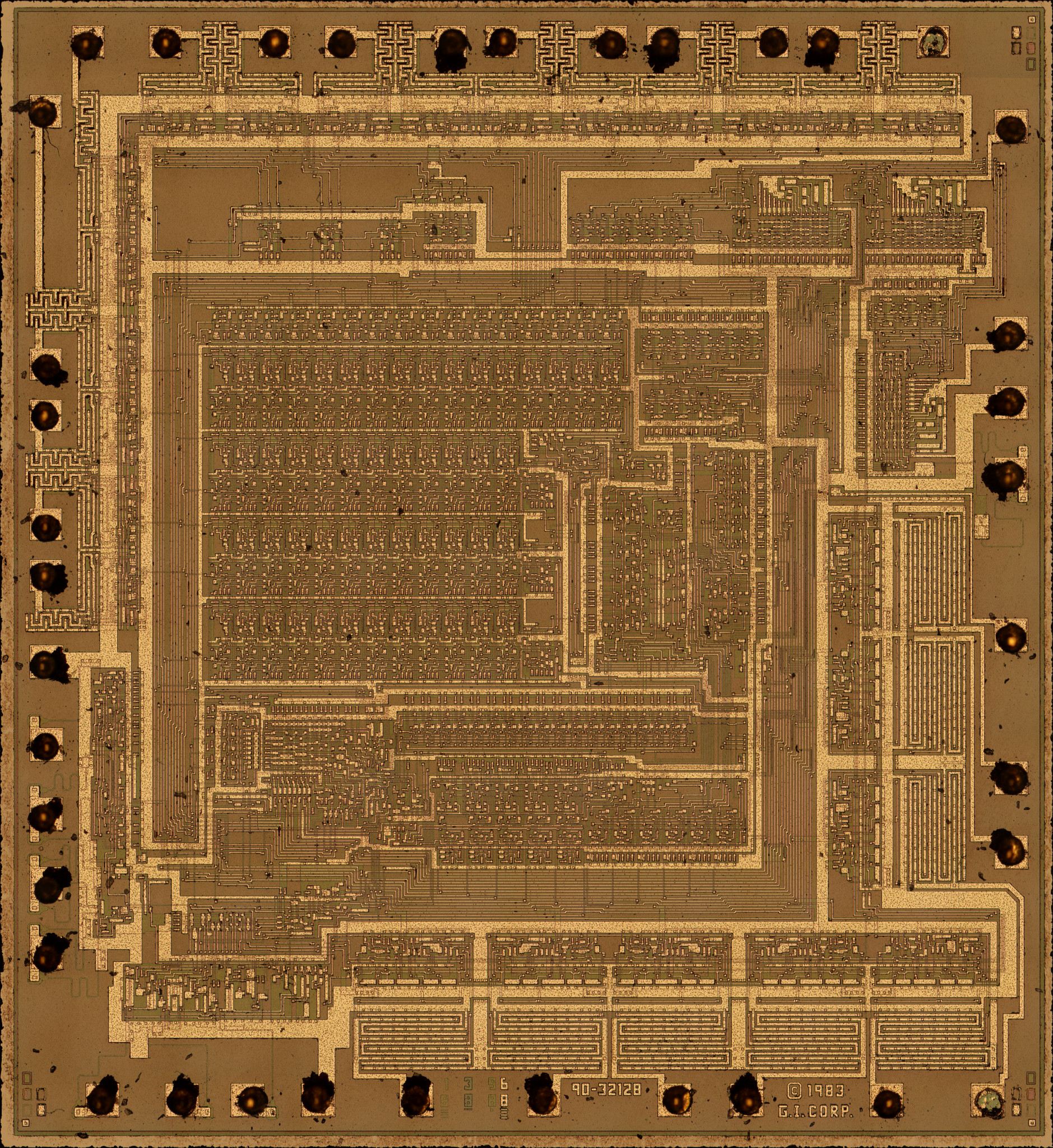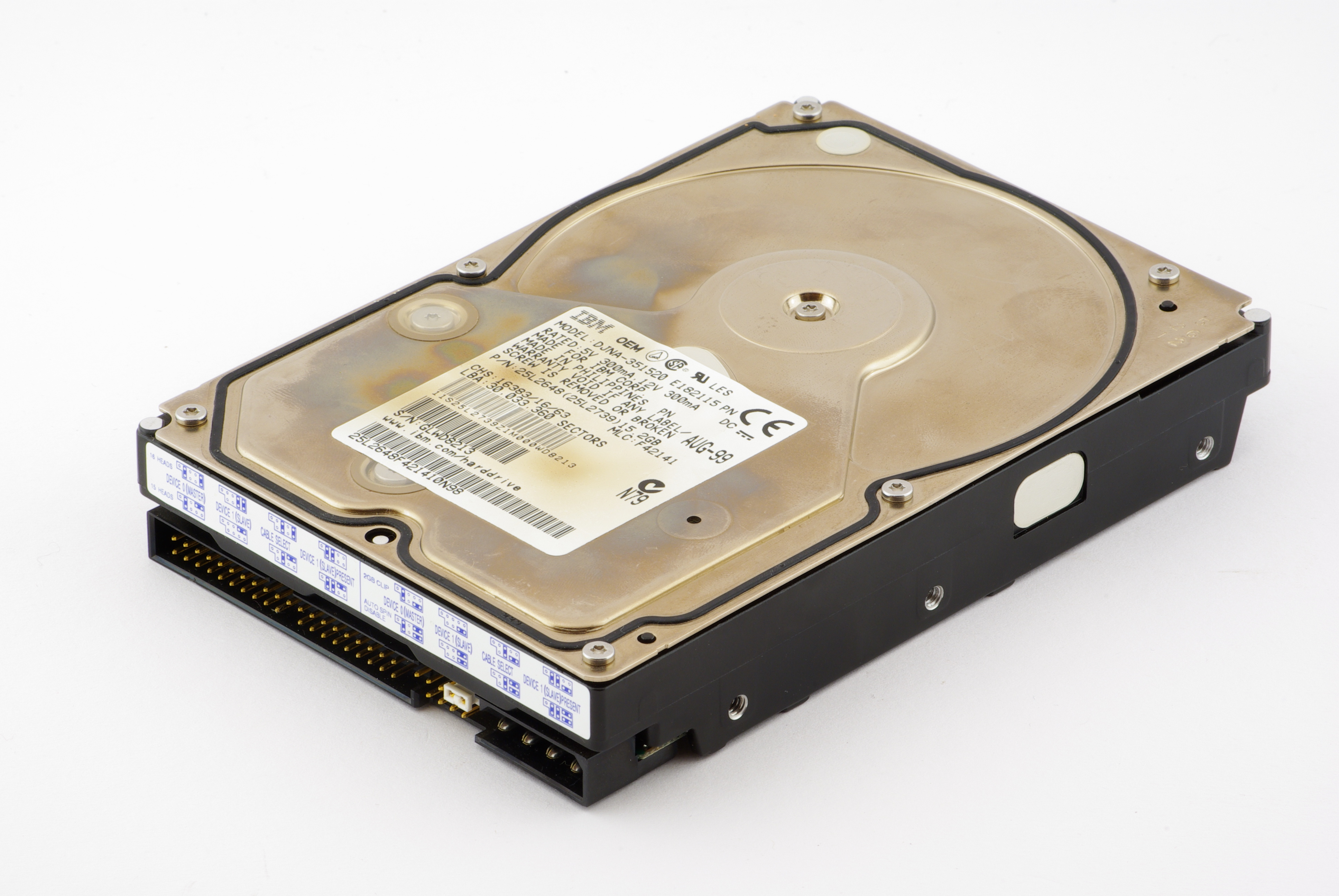|
Pecom 32
Pecom 32 is an educational and/or home computer developed by Elektronska Industrija Niš of Serbia in 1985. A few games and programs exist for the system. Specifications * CPU: CDP 1802B 5V7 running at 5 MHz * ROM: 16 KB with ''BASIC 3'', optional 16 KB upgrade containing enhanced editor and assembler * Primary memory: 36 KB (32 KB available to user) * Secondary storage: cassette tape * Display: 8-colours, text mode 24 lines with 40 characters each; pseudo-graphics 240 x 216 mode using user-defined characters * Sound: 8 octaves plus effects (probably AY-3-8912) * I/O ports: cassette tape storage, composite and RF video, RS-232 and expansion connector See also * Pecom 64 Pecom 64 was an educational and/or home computer developed by Elektronska Industrija Niš of Serbia in 1985. Specifications * CPU: CDP 1802B 5V7 running at 2.813 MHz * ROM: 16 KB, with optional 16 KB upgrade containing enhanced editor and a ... References Home computers EI Niš {{compu-har ... [...More Info...] [...Related Items...] OR: [Wikipedia] [Google] [Baidu] |
Kilobyte
The kilobyte is a multiple of the unit byte for digital information. The International System of Units (SI) defines the prefix ''kilo'' as 1000 (103); per this definition, one kilobyte is 1000 bytes.International Standard IEC 80000-13 Quantities and Units – Part 13: Information science and technology, International Electrotechnical Commission (2008). The internationally recommended unit symbol for the kilobyte is kB. In some areas of information technology, particularly in reference to solid-state memory capacity, ''kilobyte'' instead typically refers to 1024 (210) bytes. This arises from the prevalence of sizes that are powers of two in modern digital memory architectures, coupled with the accident that 210 differs from 103 by less than 2.5%. A kibibyte is defined by Clause 4 of IEC 80000-13 as 1024 bytes. Definitions and usage Base 10 (1000 bytes) In the International System of Units (SI) the prefix ''kilo'' means 1000 (103); therefore, one kilobyte is 1000 bytes. The u ... [...More Info...] [...Related Items...] OR: [Wikipedia] [Google] [Baidu] |
RS-232
In telecommunications, RS-232 or Recommended Standard 232 is a standard originally introduced in 1960 for serial communication transmission of data. It formally defines signals connecting between a ''DTE'' (''data terminal equipment'') such as a computer terminal, and a ''DCE'' (''data circuit-terminating equipment'' or ''data communication equipment''), such as a modem. The standard defines the electrical characteristics and timing of signals, the meaning of signals, and the physical size and pinout of connectors. The current version of the standard is ''TIA-232-F Interface Between Data Terminal Equipment and Data Circuit-Terminating Equipment Employing Serial Binary Data Interchange'', issued in 1997. The RS-232 standard had been commonly used in computer serial ports and is still widely used in industrial communication devices. A serial port complying with the RS-232 standard was once a standard feature of many types of computers. Personal computers used them for connection ... [...More Info...] [...Related Items...] OR: [Wikipedia] [Google] [Baidu] |
I/O Port
Memory-mapped I/O (MMIO) and port-mapped I/O (PMIO) are two complementary methods of performing input/output (I/O) between the central processing unit (CPU) and peripheral devices in a computer. An alternative approach is using dedicated I/O processors, commonly known as channels on mainframe computers, which execute their own instructions. Memory-mapped I/O uses the same address space to address both main memory and I/O devices. The memory and registers of the I/O devices are mapped to (associated with) address values. So a memory address may refer to either a portion of physical RAM, or instead to memory and registers of the I/O device. Thus, the CPU instructions used to access the memory can also be used for accessing devices. Each I/O device monitors the CPU's address bus and responds to any CPU access of an address assigned to that device, connecting the data bus to the desired device's hardware register. To accommodate the I/O devices, some areas of the address bus used ... [...More Info...] [...Related Items...] OR: [Wikipedia] [Google] [Baidu] |
AY-3-8912
The AY-3-8910 is a 3-voice programmable sound generator (PSG) designed by General Instrument in 1978, initially for use with their 16-bit CP1610 or one of the PIC1650 series of 8-bit microcomputers. The AY-3-8910 and its variants were used in many arcade games—Konami's ''Gyruss'' contains five—and pinball machines as well as being the sound chip in the Intellivision and Vectrex video game consoles, and the Amstrad CPC, Oric-1, Colour Genie, Elektor TV Games Computer, MSX, and later ZX Spectrum home computers. It was also used in the Mockingboard and Cricket sound cards for the Apple II and the Speech/Sound Cartridge for the TRS-80 Color Computer. After General Instrument's spinoff of Microchip Technology in 1987, the chip was sold for a few years under the Microchip brand. It was also manufactured under license by Yamaha (with a selectable clock divider pin and a double-resolution and double-rate volume envelope table) as the YM2149F; the Atari ST uses this versi ... [...More Info...] [...Related Items...] OR: [Wikipedia] [Google] [Baidu] |
Semigraphics
Text-based semigraphics or pseudographics is a primitive method used in early text mode video hardware to emulate raster graphics without having to implement the logic for such a display mode. There are two different ways to accomplish the emulation of raster graphics. The first one is to create a low-resolution all points addressable mode using a set of special characters with all binary combinations of a certain subdivision matrix of the text mode character size; this method is referred to as block graphics, or sometimes mosaic graphics. The second one is to use special shapes instead of glyphs (letters and figures) that appear as if drawn in raster graphics mode, sometimes referred to as semi- or pseudo-graphics; an important example of this is box-drawing characters. Semigraphical characters (including some block elements) are still incorporated into the BIOS of any VGA compatible video card, so any PC can display these characters from the moment it is turned on, even whe ... [...More Info...] [...Related Items...] OR: [Wikipedia] [Google] [Baidu] |
Electronic Visual Display
An electronic visual display, informally a screen, is a display device for presentation of images, text, or video transmitted electronically, without producing a permanent record. Electronic visual displays include television sets, computer monitors, and digital signage. By the above definition, an overhead projector (along with screen onto which the text, images, or video is projected) could reasonably be considered an electronic visual display since it is a display device for the presentation of an images, plain text, or video transmitted electronically without producing a permanent record. They are also ubiquitous in mobile computing applications like tablet computers, smartphones, and information appliances. Types These are the technologies used to create the various displays in use today. * Electroluminescent (EL) display * Liquid crystal (LC) display with Light-emitting diode (LED)-backlit Liquid crystal (LC) display * Light-emitting diode (LED) display **OLED dis ... [...More Info...] [...Related Items...] OR: [Wikipedia] [Google] [Baidu] |
Compact Cassette
The Compact Cassette or Musicassette (MC), also commonly called the tape cassette, cassette tape, audio cassette, or simply tape or cassette, is an analog magnetic tape recording format for audio recording and playback. Invented by Lou Ottens and his team at the Dutch company Philips in 1963, Compact Cassettes come in two forms, either already containing content as a prerecorded cassette (''Musicassette''), or as a fully recordable "blank" cassette. Both forms have two sides and are reversible by the user. Although other tape cassette formats have also existed - for example the Microcassette - the generic term ''cassette tape'' is normally always used to refer to the Compact Cassette because of its ubiquity. Its uses have ranged from portable audio to home recording to data storage for early microcomputers; the Compact Cassette technology was originally designed for dictation machines, but improvements in fidelity led to it supplanting the stereo 8-track cartridge and reel ... [...More Info...] [...Related Items...] OR: [Wikipedia] [Google] [Baidu] |
Secondary Storage
Computer data storage is a technology consisting of computer components and recording media that are used to retain digital data. It is a core function and fundamental component of computers. The central processing unit (CPU) of a computer is what manipulates data by performing computations. In practice, almost all computers use a storage hierarchy, which puts fast but expensive and small storage options close to the CPU and slower but less expensive and larger options further away. Generally, the fast volatile technologies (which lose data when off power) are referred to as "memory", while slower persistent technologies are referred to as "storage". Even the first computer designs, Charles Babbage's Analytical Engine and Percy Ludgate's Analytical Machine, clearly distinguished between processing and memory (Babbage stored numbers as rotations of gears, while Ludgate stored numbers as displacements of rods in shuttles). This distinction was extended in the Von Neumann ar ... [...More Info...] [...Related Items...] OR: [Wikipedia] [Google] [Baidu] |
Primary Memory
Computer data storage is a technology consisting of computer components and recording media that are used to retain digital data. It is a core function and fundamental component of computers. The central processing unit (CPU) of a computer is what manipulates data by performing computations. In practice, almost all computers use a storage hierarchy, which puts fast but expensive and small storage options close to the CPU and slower but less expensive and larger options further away. Generally, the fast volatile technologies (which lose data when off power) are referred to as "memory", while slower persistent technologies are referred to as "storage". Even the first computer designs, Charles Babbage's Analytical Engine and Percy Ludgate's Analytical Machine, clearly distinguished between processing and memory (Babbage stored numbers as rotations of gears, while Ludgate stored numbers as displacements of rods in shuttles). This distinction was extended in the Von Neumann arch ... [...More Info...] [...Related Items...] OR: [Wikipedia] [Google] [Baidu] |
Assembly Language
In computer programming, assembly language (or assembler language, or symbolic machine code), often referred to simply as Assembly and commonly abbreviated as ASM or asm, is any low-level programming language with a very strong correspondence between the instructions in the language and the architecture's machine code instructions. Assembly language usually has one statement per machine instruction (1:1), but constants, comments, assembler directives, symbolic labels of, e.g., memory locations, registers, and macros are generally also supported. The first assembly code in which a language is used to represent machine code instructions is found in Kathleen and Andrew Donald Booth's 1947 work, ''Coding for A.R.C.''. Assembly code is converted into executable machine code by a utility program referred to as an ''assembler''. The term "assembler" is generally attributed to Wilkes, Wheeler and Gill in their 1951 book ''The Preparation of Programs for an Electronic Digital Com ... [...More Info...] [...Related Items...] OR: [Wikipedia] [Google] [Baidu] |
Read-only Memory
Read-only memory (ROM) is a type of non-volatile memory used in computers and other electronic devices. Data stored in ROM cannot be electronically modified after the manufacture of the memory device. Read-only memory is useful for storing software that is rarely changed during the life of the system, also known as firmware. Software applications (like video games) for programmable devices can be distributed as plug-in cartridges containing ROM. Strictly speaking, ''read-only memory'' refers to memory that is hard-wired, such as diode matrix or a mask ROM integrated circuit (IC), which cannot be electronically changed after manufacture. Although discrete circuits can be altered in principle, through the addition of bodge wires and/or the removal or replacement of components, ICs cannot. Correction of errors, or updates to the software, require new devices to be manufactured and to replace the installed device. Floating-gate ROM semiconductor memory in the form of erasab ... [...More Info...] [...Related Items...] OR: [Wikipedia] [Google] [Baidu] |




